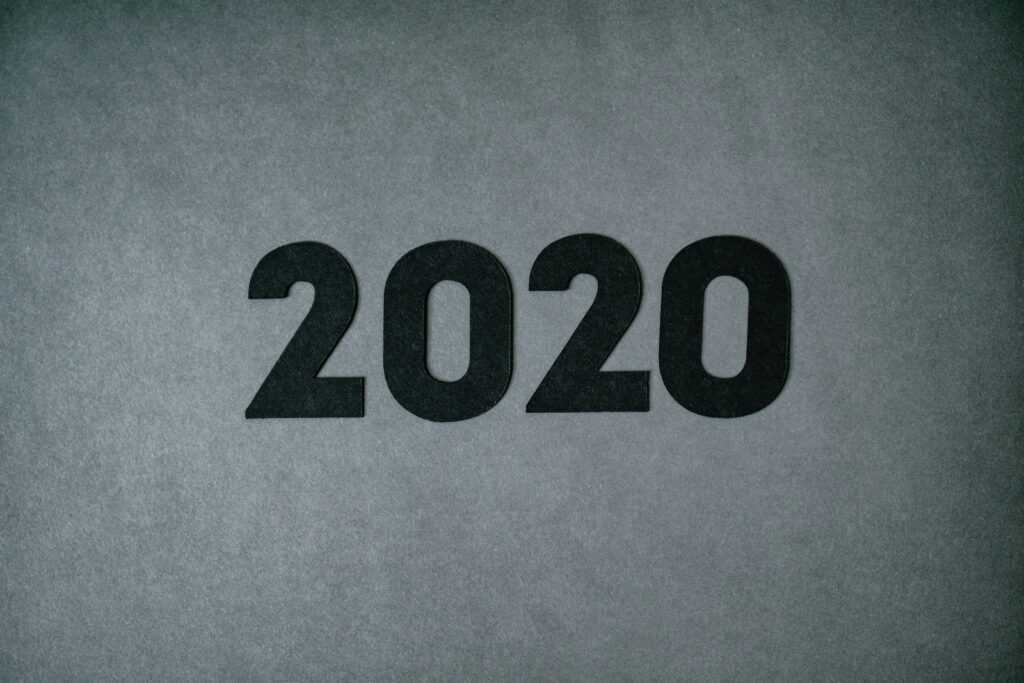7575470153 and Robocall Trends
Scam calls have evolved. They’re no longer just broken English voices offering lottery wins. Some use AIgenerated voices now. Caller ID spoofing makes even phony calls look like local businesses or even government agencies. And that’s where numbers like 7575470153 enter the picture. They blend in just enough to throw off people who aren’t paying attention.
You should also remember: legitimate companies won’t ask for sensitive info over a cold call. Any attempt to verify your identity with SSNs, bank info, or security codes is a glaring red flag.
What Is 7575470153?
First things first: 7575470153 is a 10digit number that appears to come from the United States, likely the state of Virginia given the area code (757). It’s not unusual for scammers to use real area codes to make their calls seem legitimate. Based on public reports, this number has been flagged multiple times across spam monitoring forums and call tracking sites. Users mention anything from robocalls to phishing attempts involving fake customer service or financial institution representatives.
Why You Might Be Getting These Calls
There are a few common reasons why you’re getting a call from an unfamiliar number like this:
Phishing attempts: Scammers often pretend to be from banks, tech support, or government agencies. Robodialing software: These systems autodial thousands of numbers to find users who pick up. Old or leaked contact info: Your number may have ended up on a spam list after signing up for something online or through a data breach.
Even if you never answer these types of calls, just getting them repeatedly can be annoying and potentially confusing.
How to Handle Calls from Unknown Numbers
Your best defense? Discipline and awareness. Here’s a simple rule: If you don’t recognize the number, don’t answer. Period. Let it go to voicemail. If it’s important, they’ll leave a message. If there’s no message, it probably wasn’t worth your time.
Other quick tactics:
Block the number: Most phones let you block numbers with two or three taps. Report it: You can report spam numbers to the FTC or apps like Hiya or Truecaller. Be cautious with callbacks: Scammers sometimes count on curiosity. Calling back can confirm your number is active, triggering even more spam.
Useful Tools to Stay Ahead
Here are a few tools to help you sort fact from fraud:
Reverse lookup: Websites like Whitepages, Spokeo, or NumLookup can tell you more about mystery numbers. Spam filter apps: Truecaller, Nomorobo, and RoboKiller are built specifically to weed spam calls out in real time. Carrier services: Verizon, AT&T, and TMobile offer their own call filtering/blocking services.
A little effort up front can save you from bigger problems later. Think of it like installing a security camera—it doesn’t stop crime, but it gives you a lot more control.
The Long Game: Protecting Your Info
Cutting off spam calls is one thing, but the deeper risk is data compromise. If you’ve ever picked up a spam or scam call and shared even basic information, consider tightening these steps:
Reset relevant passwords or PINs. Activate twofactor authentication on important accounts. Monitor your financial statements closely for suspicious activity.
Also, if you’re someone who works remotely or runs a business from home, know that scammers target independent professionals and entrepreneurs more often than you’d think. They bank on you having less builtin protection than a big organization. Stay sharp.
What to Do If You Answered the Call
Mistakes happen. You might’ve picked up the phone without checking first. Here’s what to do now:
- Don’t provide any personal or financial data.
- Hang up immediately if anything seems sketchy or robotic.
- Mark the number as spam or report it.
- Consider running a quick credit report if you shared sensitive info—better safe than sorry.
No single call ruins everything. It’s what you do next that matters.
Final Thought: Trust Your Gut
If something feels off, it probably is. Scam calls are designed to create urgency and push you into snap decisions. Don’t let them. Stay calm, stay skeptical, and trust modern tools and some basic common sense.
If 7575470153 pops up on your screen again, you’ll know what to do. Don’t answer. Block it. Move on.


